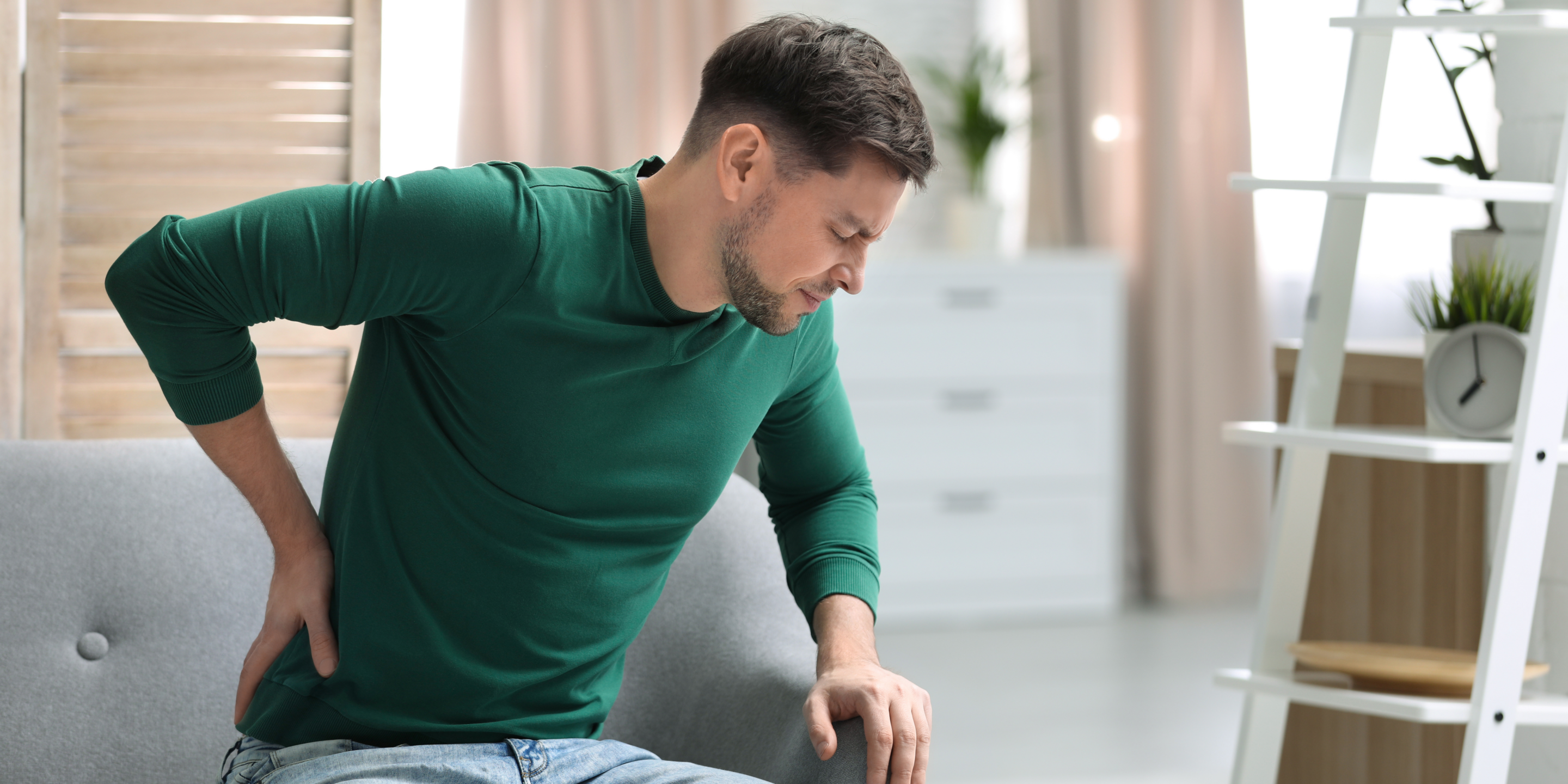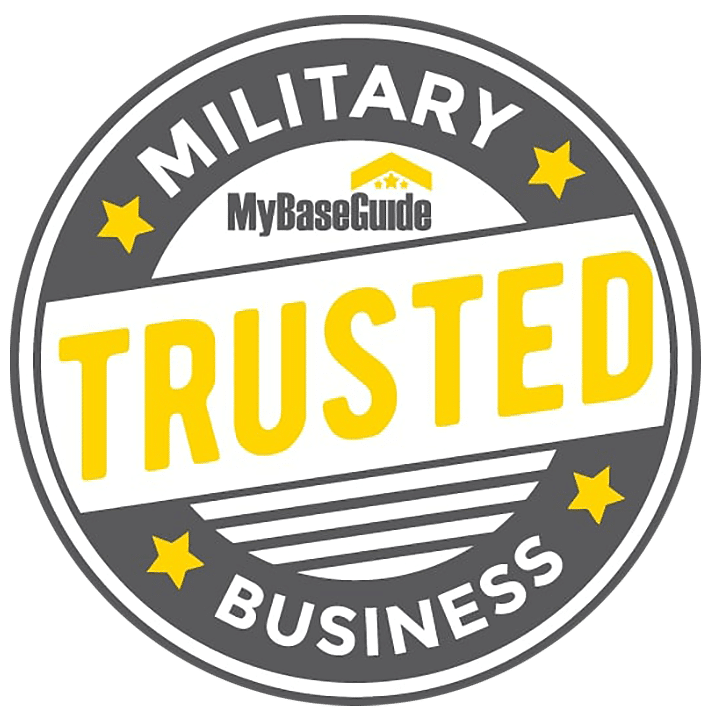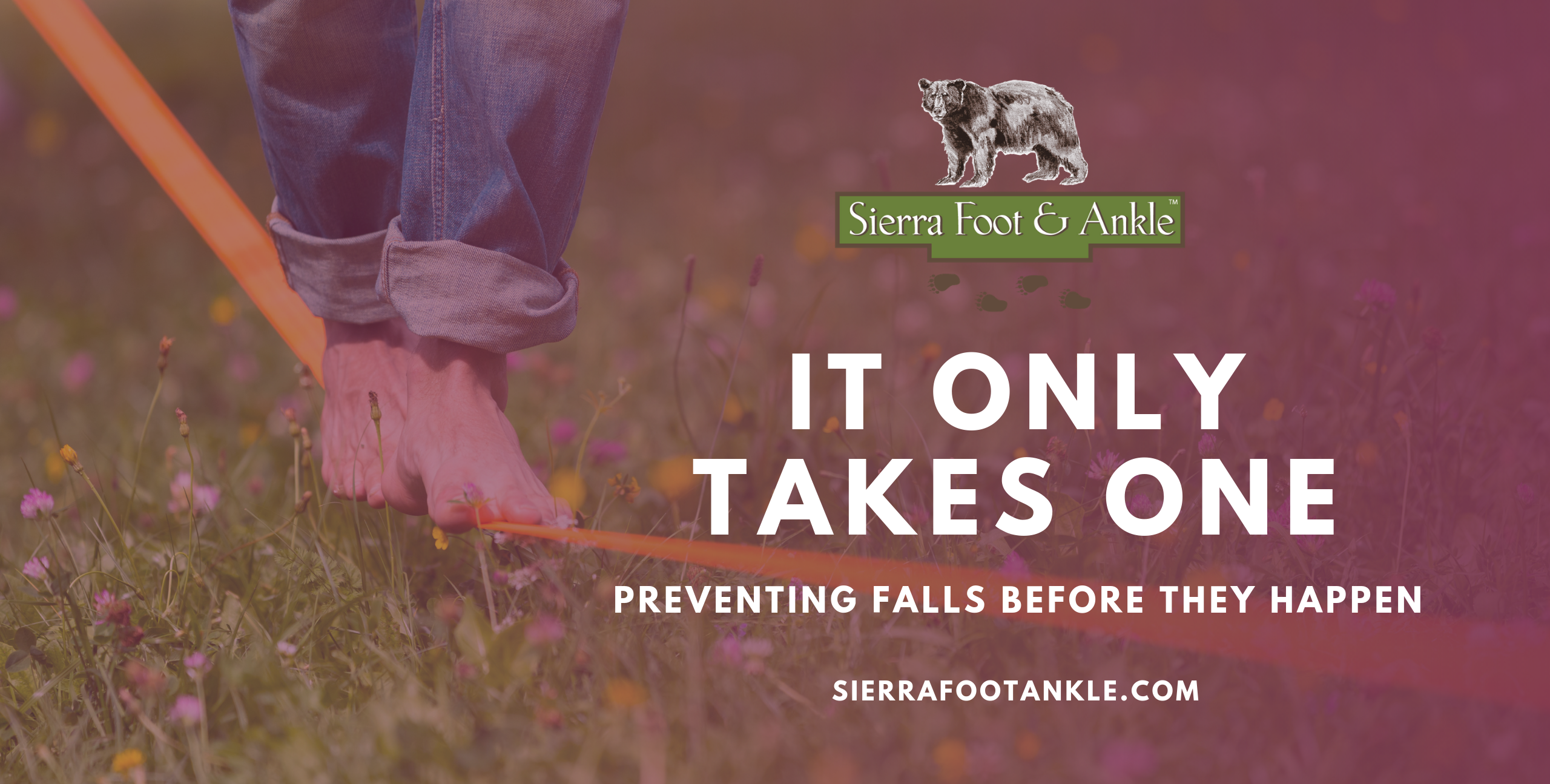It Only Takes One: Preventing Falls Before They Happen
Falls are a leading cause of injuries, especially among older adults, often resulting in fractures, sprains, and a loss of confidence. At Sierra Foot and Ankle, we understand the pivotal role that foot and ankle health play in maintaining balance and preventing falls.
In this blog, we’ll explore the intricate connection between foot and ankle care and fall prevention, providing practical tips, exercises, and lifestyle adjustments to keep you steady on your feet.

Understanding Foot and Ankle Health:
The foot and ankle form a complex structure comprising bones, muscles, tendons, ligaments, and nerves. This intricate system plays a vital role in supporting the body’s weight, absorbing shock during movement, and maintaining balance. Here are key aspects of foot and ankle health to consider in fall prevention:
Structural Integrity:
The arches of the foot provide shock absorption and distribute weight evenly during standing, walking, and running.
Strong ligaments and tendons stabilize the ankle joint, preventing excessive rolling or twisting that can lead to sprains or fractures.
Muscle Strength and Flexibility:
Muscles in the feet and ankles, including the calf muscles, intrinsic foot muscles, and ankle stabilizers, work together to maintain stability and mobility.
Flexibility in these muscles and joints allows for proper foot mechanics and a smooth gait pattern, reducing the risk of tripping or stumbling.
Sensation and Proprioception:
Nerves in the feet and ankles provide sensory feedback, allowing us to perceive changes in surface texture, temperature, and pressure.
Proprioception, the body’s awareness of its position in space, is crucial for balance and coordination, particularly during dynamic activities.
Prevention Strategies for Foot and Ankle Health and Fall Prevention:
Now, let’s delve into actionable strategies tailored to enhance foot and ankle health while reducing the risk of falls:
Footwear Essentials:
Choose footwear with adequate arch support, cushioning, and a secure fit to promote proper foot alignment and stability.
Avoid shoes with high heels or narrow-toe boxes that can compromise balance and increase pressure on the forefoot.
Strengthening Exercises:
Perform exercises targeting intrinsic foot muscles, such as toe curls, marble pickups, and towel scrunches, to improve arch support and toe strength.
Incorporate calf raises, ankle circles, and single-leg balance exercises to enhance ankle stability and proprioception.
Stretching and Mobility Work:
Practice calf stretches, Achilles tendon stretches, and plantar fascia stretches to maintain flexibility and prevent tightness in the lower leg and foot.
Use a foam roller or massage ball to release tension in the foot, calf, and ankle muscles, promoting a better range of motion and joint mobility.
Balance and Coordination Training:
Utilize balance boards, wobble cushions, or foam pads to challenge balance and improve proprioceptive feedback.
Practice tandem stance, single-leg stands, and heel-to-toe walking exercises to enhance stability and coordination.
Proper Foot Care Routine:
Keep feet clean, dry, and moisturized to prevent skin dryness, cracking, and fungal infections.
Trim toenails straight across and avoid cutting them too short to reduce the risk of ingrown toenails and potential foot discomfort.
Home Safety Modifications:
Remove hazards such as loose rugs, electrical cords, and clutter from walkways to minimize tripping hazards.
Install handrails in staircases, use non-slip mats in bathrooms, and ensure adequate lighting throughout your home to enhance safety.
Regular Podiatric Check-ups:
Schedule routine visits with our experienced podiatrist, Dr. Melhuish, for comprehensive foot and ankle exams, especially if you have existing foot issues or chronic conditions like diabetes.
Seek professional guidance for customized orthotic inserts, footwear recommendations, and treatment plans to address any foot or ankle concerns.
Nutrition and Hydration:
Maintain a balanced diet rich in essential nutrients, including calcium, vitamin D, and omega-3 fatty acids, to support bone health and tissue repair.
Stay hydrated to promote optimal circulation, joint lubrication, and overall well-being.
Stay Active and Engaged:
Engage in regular physical activity, such as walking, swimming, or cycling, to strengthen muscles, improve cardiovascular fitness, and boost mood.
Participate in social activities, hobbies, and cognitive exercises to maintain mental acuity, reduce stress, and enhance overall quality of life.
Achieving and maintaining strong, healthy feet and ankles is a key component of fall prevention and overall well-being. By integrating these comprehensive strategies into your daily routine and seeking professional guidance from our team at Sierra Foot and Ankle, you can reduce the risk of falls, enhance mobility, and enjoy greater confidence in your movements.
Our team can help you prevent falls and strengthen your feet and ankles. Contact our office to schedule an appointment and let us help you feel safe and secure as you move into the days ahead with confidence.
Prioritize your foot and ankle health today to step confidently into a safer, more active future.
Get In Touch
Address
2350 South Carson St
Suite 3
Carson City, NV 89701
Contact
Call: (775) 783-8037
Fax: (775) 782-3787
OPT-IN To Text:
By texting our office at
(775) 783-8037 from your mobile phone, you are consenting to receive SMS text messages from our staff. Reply STOP to unsubscribe.
*Read our Privacy Policy & Terms and Conditions.
Social




© Sierra Foot & Ankle. All Rights Reserved. Privacy Policy.
Web Design by CP Solutions. Marketed by VMD Services.

